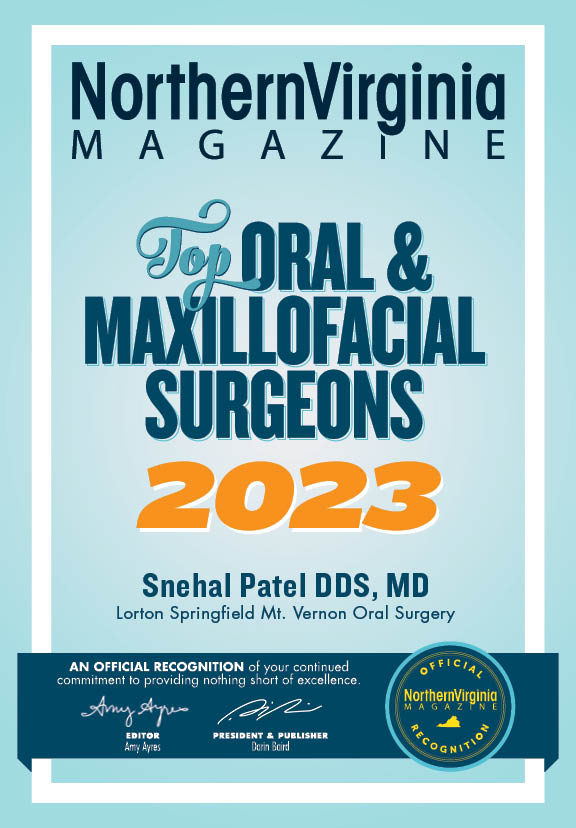Oral Surgery in Lorton, Springfield & Mt Vernon
Our oral surgeons have the experience and credentials you should look for when seeking oral surgery.
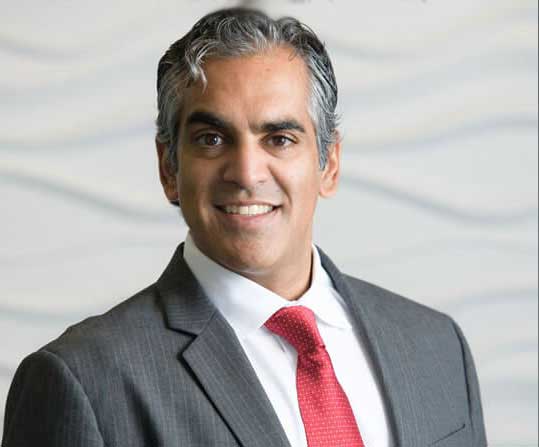
Dr. Patel is both a dentist and a physician, completing both his dental and medical degrees at Columbia University. Dr. Patel was also part of one of the first teams involved in CT guided dental implant placement at Columbia University.
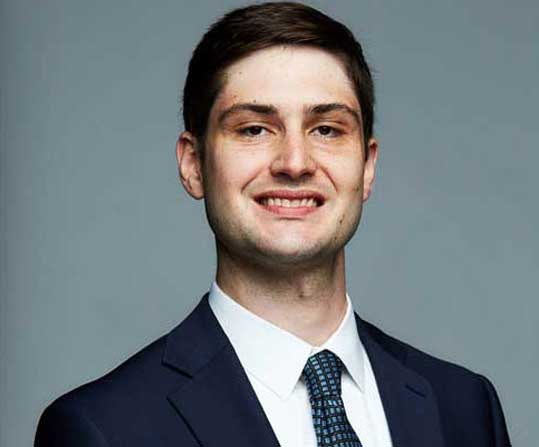
Dr. Jungwirth pursued his love of Oral and Maxillofacial Surgery by completing an internship and residency at the Rutgers School of Dental Medicine, a program known across the country for its superb clinical training.
Less than 1% of 704,000+ dentists worldwide are Board Certified Oral Surgeons who have earned ABOMS Diplomate credentials.
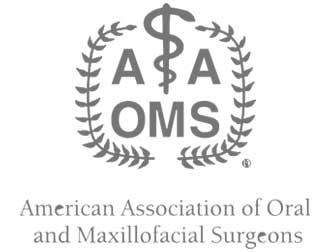
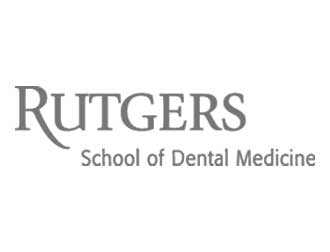
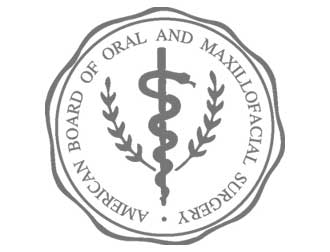
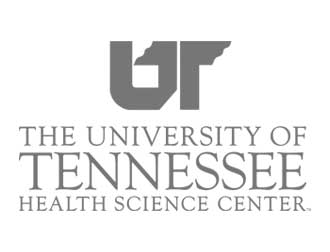
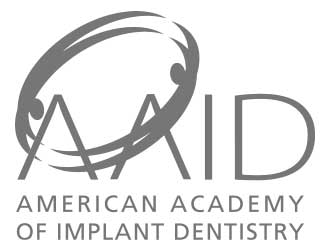

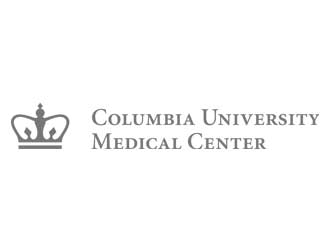

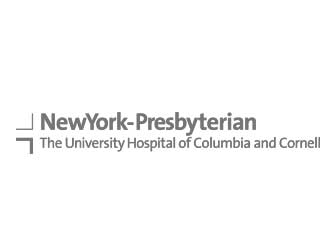
Dedicated to life-long learning, Dr. Patel and Dr. Jungwirth average up to 20x the amount of continuing education credit hours required by the State of Virginia per licensing period.
Oral Surgeons serving the Northern Virginia area with locations in Lorton, Springfield & Mt Vernon, Virginia.
Regular dental cleanings are an important part of maintaining a healthy smile. However, certain dental and facial conditions require more comprehensive care. Oral & maxillofacial surgery refers to a number of surgical dental procedures that treat a wide array of conditions that affect the head, neck, face, and jaw.
Lorton, Springfield & Mt Vernon Dental Implants & Oral Surgery are specialty dental offices in Northern Virginia that focus solely on providing oral and maxillofacial procedures. Our state-of-the-art offices are equipped to provide comprehensive dental surgery solutions for patients with diverse needs. From wisdom teeth extraction to dental implant placement, Lorton oral surgeon Dr. Snehal Patel is committed to helping patients gain healthy, fully functional smiles.
What are Common Oral Surgery Procedures?
While most patients are familiar with common procedures as wisdom teeth extraction, few are fully aware of the number of treatments that are considered oral surgery. Routine procedures, such as impacted/dead tooth removal, dental implant placement, and bone grafting are fairly common oral surgeries patients may encounter throughout their lifetime.
In addition to these common procedures, experienced oral surgeons may be called on for the following procedures:
Who Can Perform Oral & Maxillofacial Surgeries?
While some general dentists may offer treatments such as tooth extraction, it is recommended that patients visit an experienced oral surgeon for all upcoming dental surgeries. In addition to general dental school, specialized oral surgeons must complete a minimum four year hospital-based surgical residency program followed by annual recertification. As a result, oral surgeons are highly trained, highly qualified specialists with a unique understanding of the face and mouth.
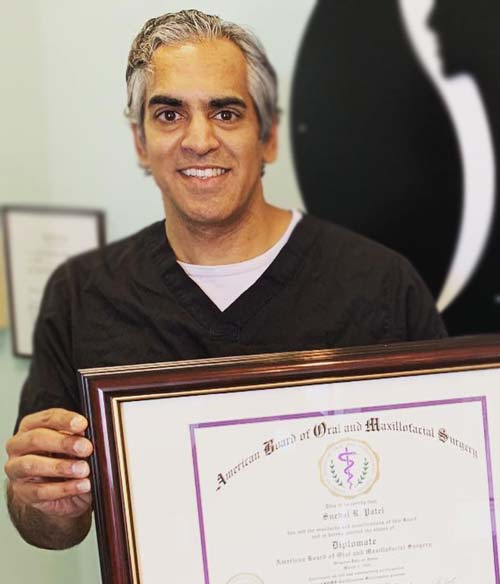
Snehal Patel, DDS
Dr. Patel is both a dentist and a physician, completing both his dental and medical degrees at Columbia University. He finished his residency in Oral & Maxillofacial Surgery at Columbia Presbyterian Medical Center in New York City. During his training, he participated with Healing the Children in the countries of Colombia and Ecuador treating children with cleft lips and palates. Dr. Patel was also part of one of the first teams involved in CT guided dental implant placement at Columbia University. Dr. Patel was born and raised in Philadelphia and went to Boston University for college. Dr. Patel and his wife enjoy spending time together and enjoy traveling.
Education
- Boston University
- Columbia University (DDS & MD)
- Columbia Presbyterian Medical Center
Memberships
- American Association of Oral & Maxillofacial Surgeons (AAOMS)
- American Academy of Implant Dentistry (AAID)
- Diplomate – American Board of Oral & Maxillofacial Surgery (ABOMS)
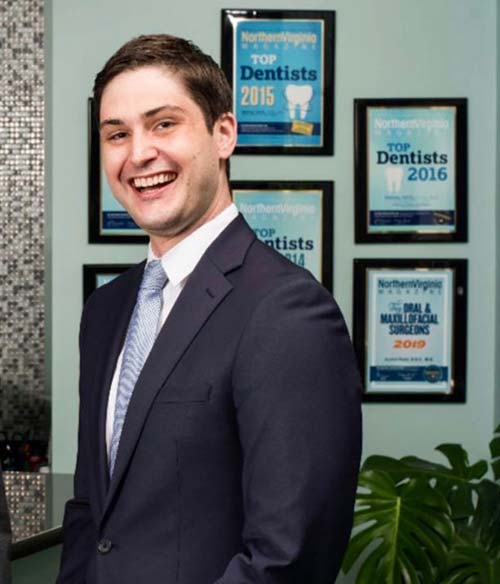
Michael Jungwirth, DMD
Dr. Michael Jungwirth was born in Worcester, Massachusetts and grew up in Keene, New Hampshire. He graduated first in his class at the University of Tennessee with a degree in neuroscience and associate research. During his undergraduate studies Dr. Jungwirth pursued his passion for the advancement of medical science by performing molecular and cellular biology research and publishing two manuscripts. He was also awarded a Goldwater Scholarship, a C.W. Fite Fellowship for Outstanding Professional Promise, and the William Harris III Undergraduate Research Award.
From there he attended the Harvard School of Dental Medicine, where he continued his passion for research and patient care. He received the Harvard Odontological Society Award for Excellence in Research, the Dr. Paul E. Boyle Award For Excellence in the Field of Oral Pathology, and several grants for his research on non-endothelial origin of midpalatal suture osteoblasts. Throughout his time at Harvard Dental School, Dr. Jungwirth made sure to give back to the community by serving as the treasurer for Operation Mouth Guard, an organization that provided mouth guards for underprivileged athletes. He also co-founded the Harvard School of Dental Medicine Introduction to Dentistry Course in order to inspire and guide the next generation of dental professionals.
Following his dental medicine training, Dr. Jungwirth pursued his love of Oral and Maxillofacial Surgery by completing an internship and residency at the Rutgers School of Dental Medicine, a program known across the country for its superb clinical training. He was honored to serve patients of all racial, socioeconomic, and ethnic backgrounds and make a difference in the community. He had the opportunity to serve as Chief Resident at University Hospital while training in Newark, New Jersey. He trained in full scope Oral and Maxillofacial Surgery including implants, dentoalveolar, pathology, cosmetics, trauma, and TMJ surgery.
Dr. Jungwirth is excited to serve Northern Virginia at Lorton, Springfield & Mt Vernon Dental Implant and Oral Surgery. In his spare time, he enjoys hanging out with his family and friends, hiking, skiing and travelling.
Education
- University of Tennessee Health Science Center
- Harvard School of Dental Medicine
- Rutgers School of Dental Medicine
Facing Oral Surgery? Call our Oral Surgeons Today!
While some oral surgeons only accept referrals from general dentists, Dr. Patel and his team welcome self-referred and referral patients. Regardless of the treatment you need, our oral surgeon will work closely with your general dentist to plan upcoming surgery and follow-up care. For more information about getting a referral or scheduling an appointment, contact us. We look forward to treating you!
OR CALL (703) 436-4633 OR TEXT US TO GET STARTED.
Bone Grafting in Northern VA
While often overlooked, the jaw bone is a critical component to the overall health of the smile. When compromised by tooth loss, advanced periodontal disease, or dental decay, patients run the risk of losing bone tissue. Known as bone resorption, this process can have serious consequences for the rest of the smile, ultimately damaging the aesthetics, health, and function of the dentition.
Bone Grafting Treatment
In Lorton, Springfield & Mt Vernon, Dr. Snehal Patel offers comprehensive bone grafting treatment for patients who’ve experienced jaw bone loss. By integrating advanced diagnostic technologies throughout the treatment process, our Northern Virginia oral surgeon provides patients with planned results and improved smiles.
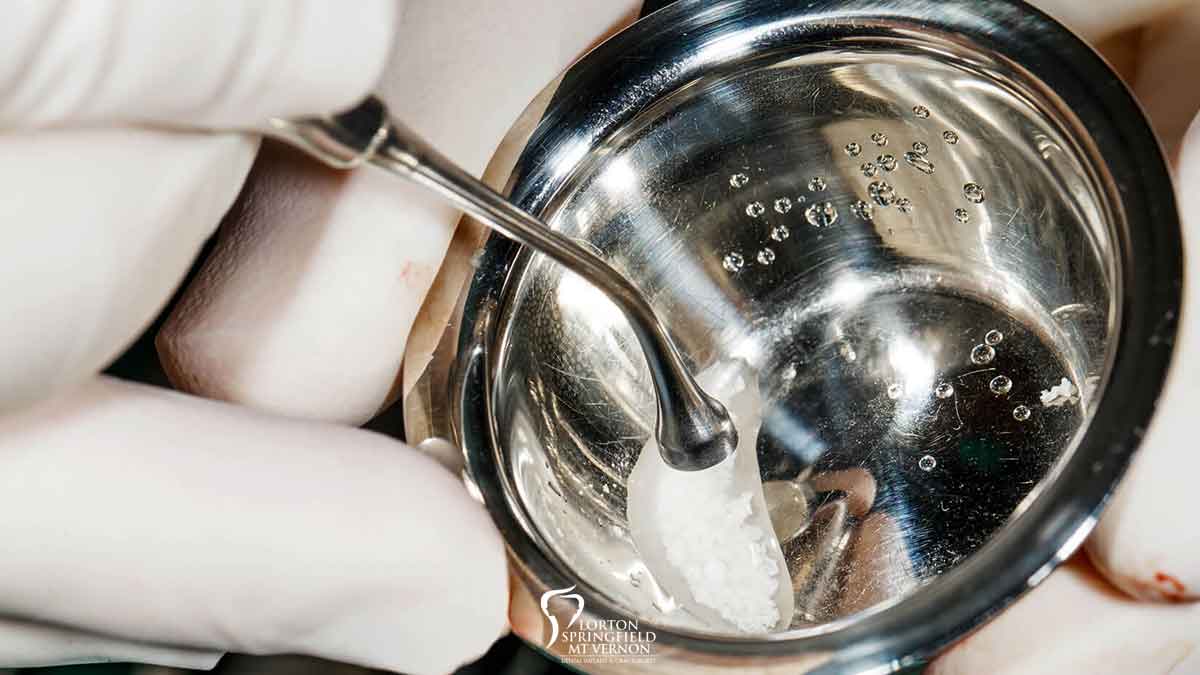
Photo shows oral surgeon using bone grafting materials.
The Process of Bone Grafting
Creating a strategic bone grafting treatment plan starts with an in-depth assessment of the jaw. At Lorton Springfield Dental Implants & Oral Surgery, we utilize cone beam imaging to capture the entire dentition, highlighting areas of resorption and allowing our oral surgeon to create a precise surgical plan.
During the consultation, we’ll also determine the most comfortable grafting material for your jaw. This can include:
On the day of surgery, patients visit the nearest practice for treatment. While it is not necessary to undergo sedation for bone grafting surgery, we do offer oral and IV dental sedation to help patients remain relaxed. Following treatment, patients return home with a set of personalized recovery instructions. Most patients can return to their regular routines by the next day and will visit our practice for an appointment the following week.
Lorton, Springfield & Mt Vernon Dental Implants & Oral Surgery offers a number of specialty oral and maxillofacial procedures in our offices. For more information about bone grafting in Northern Virginia, contact us today. With locations in Lorton, Springfield & Mt Vernon, Dr. Patel and his team are proud to welcome patients from throughout Northern Virginia, including the communities of Fairfax, Lorton, Annandale, and Alexandria.
The Consequences of Bone Loss
The jaw bone can be considered the foundation of the smile, as it provides support to both the teeth and gums. Likewise, teeth roots help encourage healthy bone density, ensuring a strong bite. When teeth are missing or extracted, this important stimulation is lost, causing the bone to deteriorate.
Bone resorption can have serious consequences for the smile, including tooth loss, gum tissue decay, facial sagging, as well as difficulty performing basic oral functions. With this in mind, restoring bone tissue as well as encouraging bone growth is critical to fully restoring the smile. As a result, bone grafting and dental implant placement is often the recommended combination for patients with extensive bone resorption.
Video 00:25 | Mandibular Jaw, bone recession after losing teeth. Medically accurate dental 3D animation shows an edentulous (lacking teeth) person after several years and the resulting changes to facial appearance with jaw bone loss.
OR CALL (703) 436-4633 OR TEXT US TO GET STARTED.
Ridge Augmentation
A ridge augmentation is a common dental procedure often performed following a tooth extraction to help recreate the natural contour of the gums and jaw that may have been lost due to bone loss as a result of a tooth extraction, or for another reason.
The alveolar ridge of the jaw is the bone that surrounds the roots of teeth. When a tooth is removed, an empty socket is left in the alveolar ridge bone. Usually this empty socket will heal on its own, filling with bone and tissue. Sometimes when a tooth is removed, the bone surrounding the socket breaks, and it unable to heal on its own. The previous height and width of the socket will continue to deteriorate.
Rebuilding the original height and width of the alveolar ridge is not medically necessary, but may be required for dental implant placement, or for aesthetic purposes. Dental implants require bone to support their structure, and a ridge augmentation can help rebuild this bone to accommodate the implant.
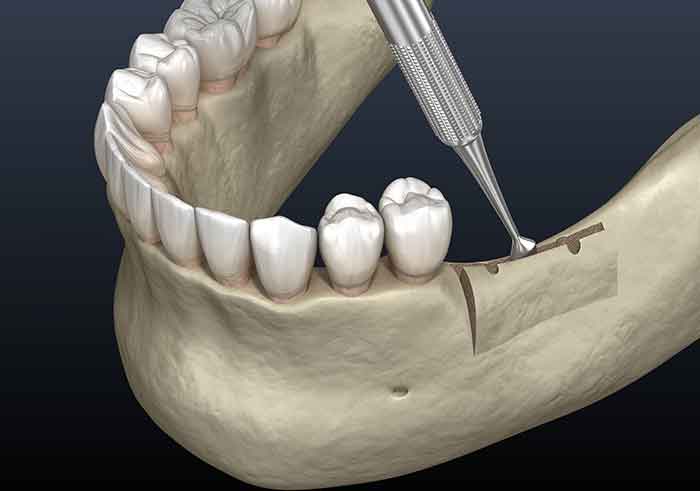
Illustration shows cleavage of the alveolar ridge, augmentation. Dental surgery, 3D illustration.
How is the Oral Surgery Accomplished?
A ridge augmentation is accomplished by placing bone graft material in the tooth socket. It is often done immediately after the tooth is removed, to avoid the need for a second procedure later. Next, the gum tissue is placed over the socket and secured with sutures. Dr. Patel may choose to use a space-maintaining product over the top of the graft to help restore the height and width of the space created by the tooth and bone loss, and into which new bone should grow. Once the socket has healed, the alveolar ridge can be prepared for dental implant placement.
A ridge augmentation procedure is typically performed in Dr. Patel’s office under local anesthesia. Some patients may also request sedative medication in addition.
Ridge Modification
Ridge modification is an effective procedure for treating deformities in the upper and lower jaws. These deformities can occur as a result of periodontal disease, trauma, injury, wearing dentures, or developmental problems. Such defects can leave insufficient bone for the placement of dental implants and an additional unattractive indentation in the jaw line adjacent to the missing teeth.
During the ridge modification procedure, the gum is lifted away from the ridge to fully expose the defect in the bone. The bony defect can be filled with bone graft material that can help regenerate lost bone or a bone substitute. Finally, the incision is closed and several months of healing will be required. Depending on the case and type of implant and procedure, the dental implant might be placed during the ridge modification procedure or when healing is complete; this all depends on the condition of the bone. Ridge modification improves the cosmetic appearance, functionality of the mouth, and the chance of enjoying dental implants for many years.
Ridge Preservation
Although it may be ideal to maintain your natural teeth for a lifetime, it’s not always a possibility. Trauma, disease, and poor oral hygiene can lead to one or more teeth falling out earlier than you might expect. Additional teeth may also need to be extracted if it means saving the health of the rest of your smile. However, it’s crucial to retain as much of your natural jawbone as possible.
At Lorton, Springfield & Mt Vernon Dental Implants & Oral Surgery, Dr. Patel uses a ridge preservation bone graft to maintain the strength of your jawbone. Once the bone graft has healed thoroughly, you can take the next steps toward permanently restoring your missing teeth.
Why Is Ridge Preservation Necessary?
Also known as socket preservation, ridge preservation allows you to receive dental implants. If your teeth have been missing for some time, it’s possible that your jawbone has begun to atrophy, which minimizes the chances of your implants being effective.
Before beginning your implant procedure, Dr. Patel will perform a ridge preservation bone graft that restores the jaw bone density in the socket. This pre-emptive procedure will allow you to receive dental implants if atrophy has occurred.
Ridge Preservation Treatment in Lorton, Springfield & Mt Vernon
During your appointment, Dr. Patel will examine your teeth and measure the density of your jawbone using CBCT and digital scanners. If your jawbone is too soft, he will suggest a bone graft to add volume to your jaw and create a custom treatment plan that details the extent of your implant surgery.
Once Dr. Patel extracts your tooth, he will pack the empty socket with a bone grafting material and cover it with sutures. After several months, new bone will begin to grow and replace the graft.
It’s essential that you receive dental implants after your jawbone has healed, as the graft will not permanently maintain the structure of your teeth. Typically, dental implants are placed four to twelve months after ridge preservation has taken place. It is also possible to perform bone grafting on the same day as an extraction to make the treatment process as efficient as possible.
Ridge preservation treatment will undoubtedly lengthen your treatment time for dental implants, but it will guarantee that your new teeth will be healthy and long-lasting.
OR CALL (703) 436-4633 OR TEXT US TO GET STARTED.
Root Amputation
Root amputation is a specialized dental procedure, whereby one root is removed from a multi-root tooth. The tooth is then stabilized and rendered fully functional with a crown or filling. The multi-root teeth best suited to the root amputation procedure are the molars at the back of the mouth. These large flat teeth have either two or three roots depending on whether they are situated on the upper or lower jaw.
The general purpose of root amputation is to save an injured or diseased tooth from extraction. Most dentists agree that there is no better alternative than retaining a healthy natural tooth, and the root amputation procedure makes this possible. Dental implants, extensive bridgework and custom-made tooth replacements can be expensive and time-consuming. Generally, root amputation and the necessary crown work are less expensive and can be completed in 1-3 short visits.
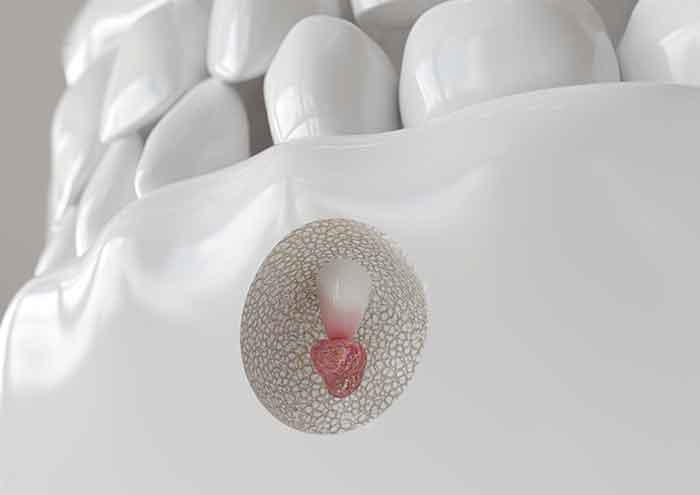
Illustration shows tooth root tip inflammation with apicectomy. 3D rendering.
When is root amputation necessary?
It is important to note that root amputation can only be performed on an otherwise healthy tooth. Even in the case of a “key” tooth, extraction will be performed if the tooth is diseased, badly fractured or otherwise injured. Suitable teeth for root amputation have a healthy tooth surface, strong bone support and healthy underlying gums.
There are several problems that may lead to root amputation including:
What does root amputation involve?
Prior to root amputation, it is necessary to perform root canal treatment. The amputation itself involves cutting deep into the tooth where blood vessels and nerves are located. For this reason, the pulp of the tooth including these vessels and nerves needs to be removed before resectioning the roots. The root canal and amputation treatments will be performed under local anesthetic.
During the root amputation procedure, a small incision will be created in the gum to fully expose the roots of the affected tooth. The root will be sectioned off from the rest of the tooth and then removed. To kill any remaining bacteria, the whole area will be cleansed with saline solution, and then sutures (stitches) will be applied to seal the incision.
Finally, a temporary crown or filling will be placed to secure the tooth. Depending on the specific situation, painkillers, antibiotics and a medicated anti-microbial mouthwash may be prescribed. In 7-10 days, the stitches will be removed and the gum will have healed. Arrangements can now be made to place the permanent crown or filling.
OR CALL (703) 436-4633 OR TEXT US TO GET STARTED.
Sinus Augmentation
At Lorton, Springfield & Mt Vernon Dental Implant & Oral Surgery, we specialize in long-lasting dental implants using advanced oral and maxillofacial procedures. If your jawbone’s health has been compromised due to periodontal disease or injury, a sinus augmentation may be necessary. Through careful planning and individualized treatment, Dr. Snehal Patel, DDS, MD can add bone to your upper jaw. Sinus augmentation will increase the chances of success for your dental implant treatment so you can smile your healthiest, most beautiful smile.

Illustration of the process of maxillary sinus floor augmentation procedure.
What is sinus augmentation used for?
The need for a sinus lift is usually discovered when preparing a patient for dental implants. Sinus augmentation is performed when the sinuses are too close to the jawbone, or there isn’t enough height in the upper jaw, making it difficult to place dental implants. Using modern diagnostic tools, our surgical specialist can pinpoint areas of bone loss and make a recommendation for sinus augmentation.
Expert Sinus Augmentation in Lorton and Springfield & Mt Vernon
The first step in sinus augmentation is to have x-rays taken of your jaw and sinuses. You may also need a CT scan, which will allow Dr. Patel to measure your jaw bone and evaluate overall oral health. To prepare for the procedure, bone is taken from your hip or chin, or through a synthetic option.
Dr. Patel will make a small incision near the molar or premolar region to expose the jawbone. The membrane surrounding the sinus is lifted away, and the new bone material is added to the jaw before the sinus is gently repositioned. Several millimeters of new bone is usually added, and then the surrounding tissue is sutured. After your sinus lift surgery, your jaw is given ample time to heal while the new bone fuses with your jawbone.
Sinus Augmentation Recovery
After your sinus lift surgery, you may experience swelling or bleeding as your bones and tissues begin to heal. Pain medication will be administered to keep you comfortable, along with an antibiotic to prevent infection. Our surgical specialists will see you again in seven to ten days to check on the surgical site and remove your stitches. If you experience any pain, swelling, or bleeding after the first few days, we ask you to call and make an appointment with Dr. Patel.
OR CALL (703) 436-4633 OR TEXT US TO GET STARTED.
Sinus Lift
The maxillary sinuses are behind your cheeks and on top of the upper teeth. These sinuses are empty, air-filled spaces. Some of the roots of the natural upper teeth extend up into the maxillary sinuses. When these upper teeth are removed, there is often just a thin wall of bone separating the maxillary sinus and the mouth. Dental implants need bone to hold them in place. When the sinus wall is very thin, it is impossible to place dental implants in this bone.
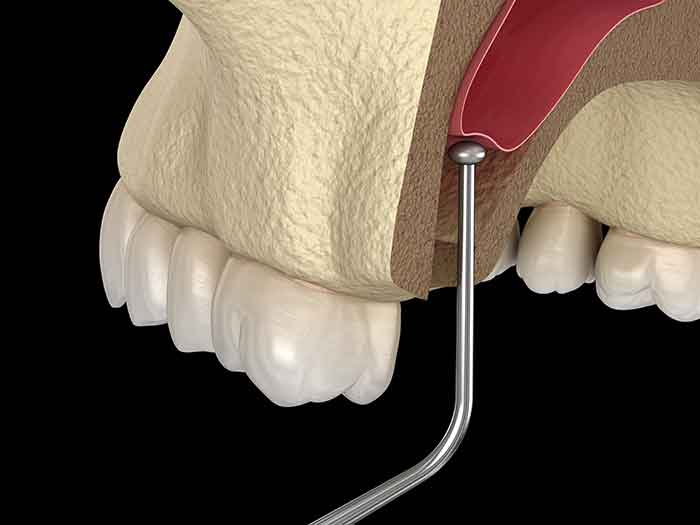
Sinus Lift Surgery – Moving sinus membrane. 3D illustration.
What is a sinus lift?
The key to a successful and long-lasting dental implant is the quality and quantity of jawbone to which the implant will be attached. If bone loss has occurred due to injury or periodontal disease, a sinus augmentation can raise the sinus floor and allow for new bone formation. A sinus lift is one of the most common bone grafting procedures for patients with bone loss in the upper jaw. The procedure seeks to grow bone in the floor of the maxillary sinus above the bony ridge of the gum line that anchors the teeth in the upper jaw. By strengthening and growing bone in this location, dental implants can be placed and secured in the new bone growth.
Am I a candidate for a sinus lift procedure?
A sinus lift may be necessary if you:
How is this oral surgery accomplished?
In the most common sinus augmentation procedure, a small incision is made on the premolar or molar region to expose the jawbone. A small opening is cut into the bone, and the membrane lining the sinus is pushed upward. The underlying space is filled with bone grafting material, either from your own body or from a cadaver. Sometimes, synthetic materials that can imitate bone formation are used. After the bone is implanted, the incision is stitched up and the healing process begins. After several months of healing, the bone becomes part of the patient’s jaw and dental implants can be inserted and stabilized in this new sinus bone.
If enough bone between the upper jaw ridge and the bottom of the sinus is available to stabilize the implant well, sinus augmentations and implant placement can sometimes be performed as a single procedure. If not enough bone is available, the sinus augmentation will have to be performed first, then the graft will have to mature for several months, depending upon the type of graft material used. Once the graft has matured, the implants can be placed.
The sinus graft makes it possible for many patients to have dental implants when years ago there was no other option besides wearing loose dentures.
A sinus augmentation is generally performed at Dr. Patel‘s office, under local anesthesia. However, some patients also may request oral or intravenous sedative medication as well.
OR CALL (703) 436-4633 OR TEXT US TO GET STARTED.

